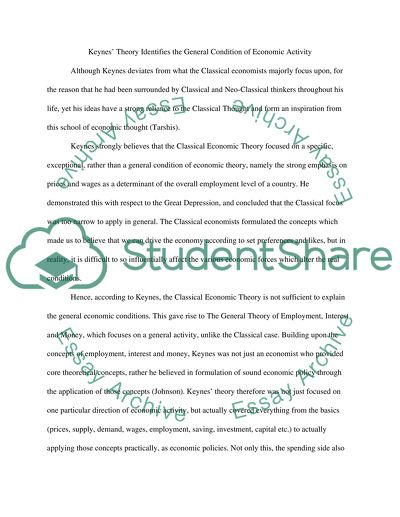Cite this document
(“Reconstructing Keynesian Argument Research Paper”, n.d.)
Reconstructing Keynesian Argument Research Paper. Retrieved from https://studentshare.org/macro-microeconomics/1570949-political-economy-essay-q1
Reconstructing Keynesian Argument Research Paper. Retrieved from https://studentshare.org/macro-microeconomics/1570949-political-economy-essay-q1
(Reconstructing Keynesian Argument Research Paper)
Reconstructing Keynesian Argument Research Paper. https://studentshare.org/macro-microeconomics/1570949-political-economy-essay-q1.
Reconstructing Keynesian Argument Research Paper. https://studentshare.org/macro-microeconomics/1570949-political-economy-essay-q1.
“Reconstructing Keynesian Argument Research Paper”, n.d. https://studentshare.org/macro-microeconomics/1570949-political-economy-essay-q1.


